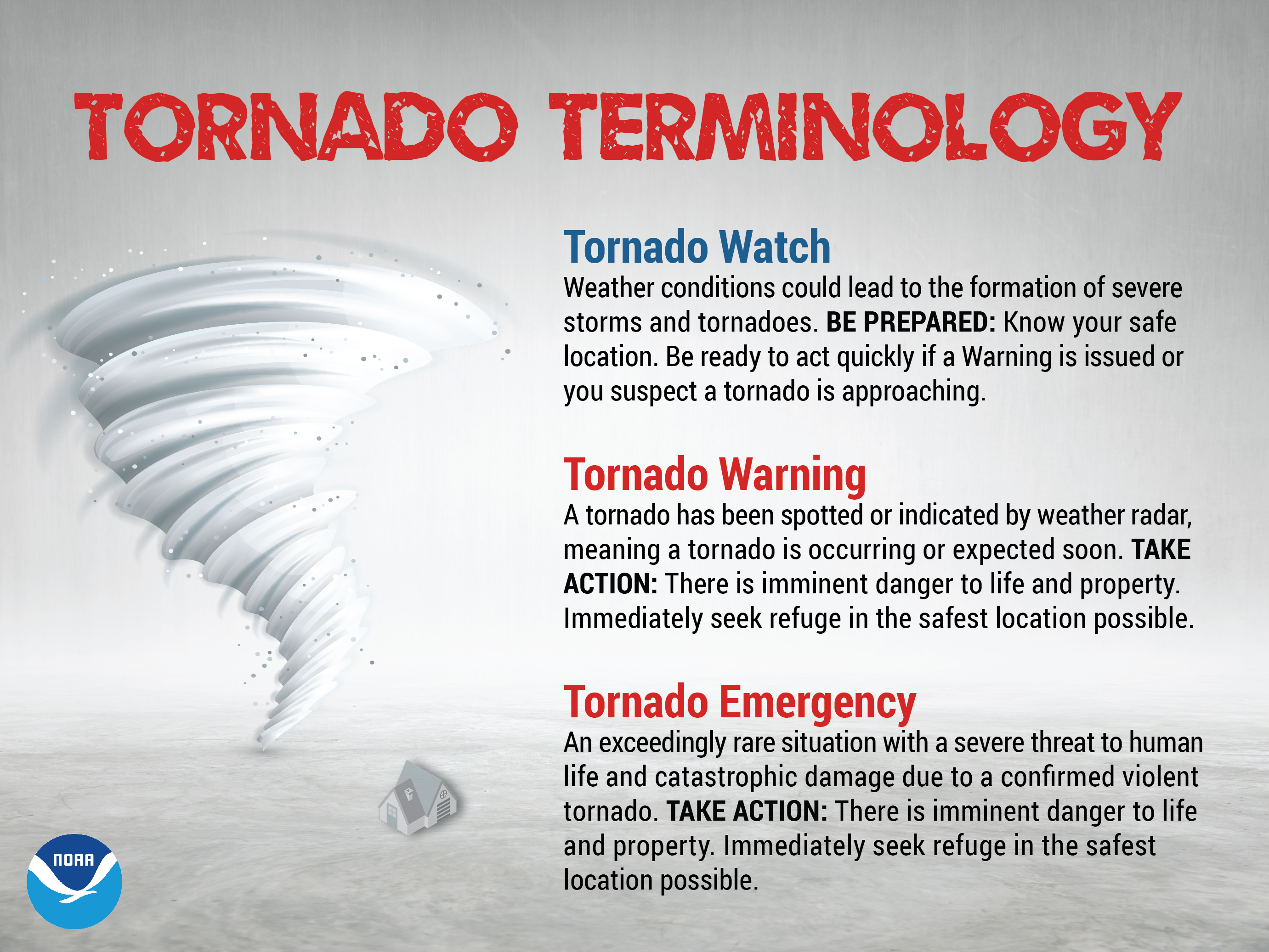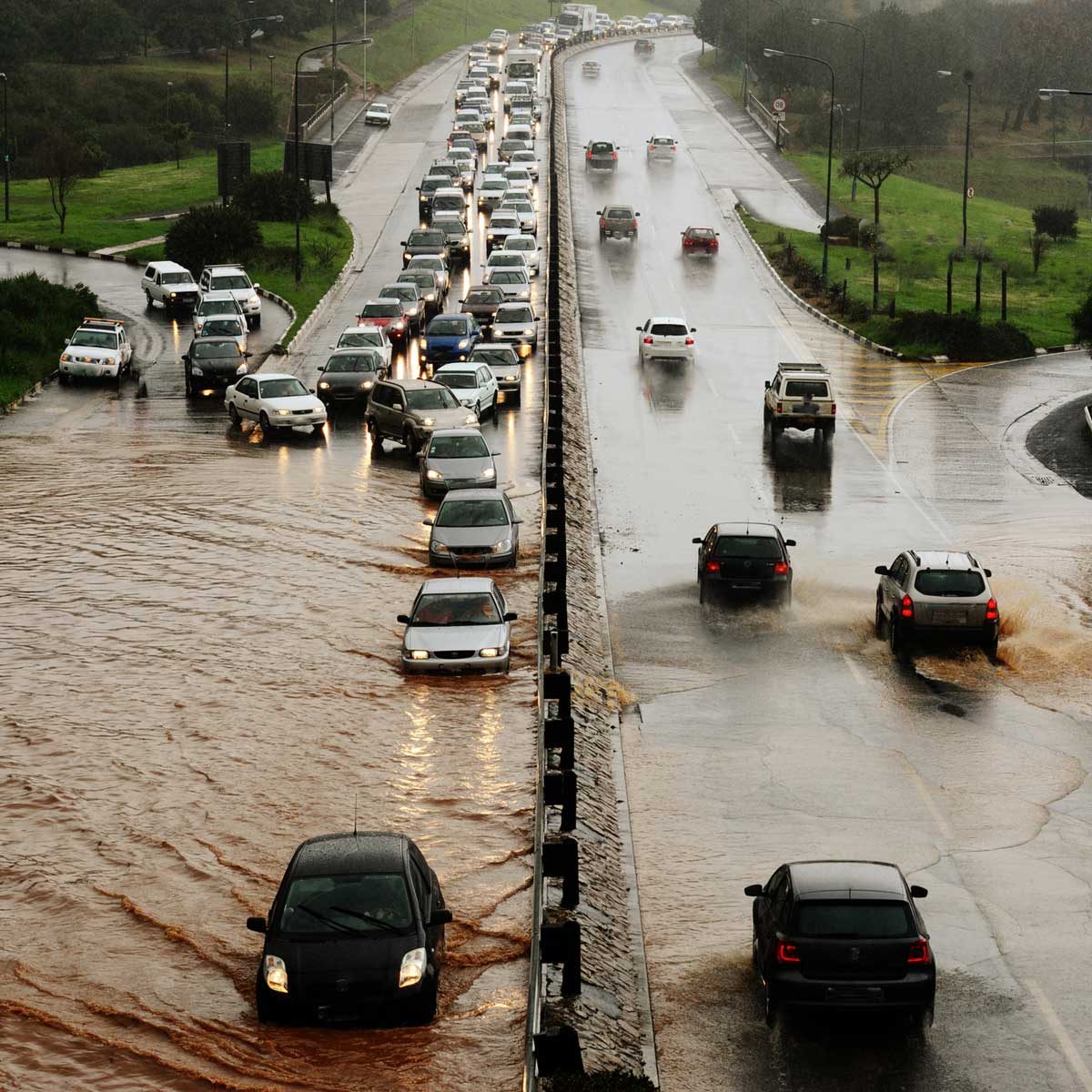Severe Weather Warning: Stay Informed And Prepare For Potential Hazards is a crucial aspect of ensuring public safety. It is a comprehensive guide that outlines the necessary steps to stay informed about severe weather conditions and to prepare for potential hazards.
Editor's Note: Severe Weather Warning: Stay Informed And Prepare For Potential Hazards just published today, March 8, 2023. Due to increase of natural disasters and climate change, this topic has become increasingly important to be read and understand.
After analyzing the available data and conducting thorough research, we have put together this guide to assist communities and individuals in understanding the risks associated with severe weather events and developing effective preparedness strategies.
| Key Differences | Key Takeaways |
|---|---|
| Stay Informed | Monitor weather forecasts, warnings, and advisories |
| Prepare for Potential Hazards | Create an emergency plan, gather supplies, and secure property |
| Take Safety Precautions | Seek shelter from lightning, wind, and hail |
Transition to main article topics:
FAQ
Stay informed and prepared for potential hazards with these frequently asked questions and answers about severe weather warnings.

Stormy weather warning sign - Custom Membrane Switches - Keypads - Telamco - Source telamcoinc.com
Question 1: What is a severe weather warning?
A severe weather warning is an official announcement that hazardous weather conditions are imminent or occurring. It is issued by local meteorological authorities and broadcasts details about the type of hazard, affected areas, and estimated duration.
Question 2: What types of severe weather emergencies can occur?
Various types of severe weather emergencies include tornadoes, hurricanes, thunderstorms, hail, flash floods, winter storms, and excessive heat.
Question 3: How can I stay informed about severe weather warnings?
Stay tuned to local radio and television stations, NOAA weather radio, emergency alert systems, and official weather websites for up-to-date information and warnings.
Question 4: What actions should I take when a severe weather warning is issued?
Take immediate action to seek shelter indoors in a low-lying area or basement. Avoid open areas, high ground, and isolated structures. Monitor weather updates and follow instructions from local authorities.
Question 5: How can I prepare for severe weather emergencies?
Develop an emergency plan, prepare an emergency kit, identify multiple safe locations, and stay informed about local weather patterns and potential hazards.
Question 6: What are the common misconceptions or myths about severe weather?
Understand that it is not safe to stay in a mobile home or vehicle during a tornado. Keep in mind that lightning can strike twice in the same place, and always avoid downed power lines.
Stay vigilant and heed severe weather warnings to ensure safety and minimize potential hazards.
Tips
Severe weather can strike quickly, so it's essential to be prepared and stay informed. Here are a few crucial tips to help you stay safe and informed during severe weather events:
Tip 1: Monitor weather updates regularly.Severe Weather Warning: Stay Informed And Prepare For Potential Hazards
Stay updated on weather forecasts and warnings through various sources such as local news, weather apps, and the National Weather Service. This will provide you with timely information about potential hazards and allow you to take necessary precautions.
Tip 2: Create an emergency plan and practice it.
Having a plan in place for severe weather emergencies will ensure a quicker and more efficient response. The plan should include designated safe places in your home or workplace, evacuation routes, and contact information for emergency services.
Tip 3: Assemble an emergency kit.
Prepare an emergency kit that includes essential items such as a flashlight, first-aid supplies, non-perishable food, water, a battery-powered radio, and any necessary medications. Keep the kit easily accessible and ensure it contains supplies for each member of your household.
Tip 4: Charge electronic devices and have backup power sources.
During a power outage, having charged electronic devices is crucial for staying informed and contacting emergency services. Consider investing in a portable charger or backup battery to keep your devices powered. Additionally, have alternative lighting options such as battery-operated lanterns or candles.
Tip 5: Secure loose outdoor items and bring pets indoors.
High winds and heavy rain can cause damage to unsecured outdoor items. Take the time to bring in or tie down any loose furniture, grills, or trash cans. Additionally, ensure your pets are brought indoors to keep them safe from the elements.
Tip 6: Avoid flooded areas and downed power lines.
Flooded areas can be hazardous and may hide hidden dangers. Never attempt to drive through flooded areas. Similarly, downed power lines pose a significant risk of electrocution. Always assume they are live and stay well clear.
Tip 7: Stay informed after the storm.
Once the storm has passed, remain vigilant for updates from official sources. Road closures, power outages, and other hazards may still persist. Listen to local news and follow advice from authorities.
By following these tips, you can increase your preparedness and safety during severe weather events. Remember to stay informed, create a plan, assemble an emergency kit, and take necessary precautions to protect yourself and your loved ones.
Severe Weather Warning: Stay Informed And Prepare For Potential Hazards
The increasing frequency and severity of severe weather events necessitate comprehensive preparation and vigilance. Staying informed about impending hazards and taking appropriate action can significantly enhance safety and reduce potential damages.
- Monitor Weather Forecasts: Stay updated with accurate and timely weather forecasts through multiple sources.
- Heed Warnings: Pay immediate attention to official severe weather warnings issued by authorities.
- Know Your Local Hazards: Familiarize yourself with the types of severe weather common in your area.
- Prepare Emergency Kit: Assemble an emergency kit containing essential supplies, documents, and medications.
- Develop an Evacuation Plan: Establish a clear evacuation plan and identify safe shelters or evacuation zones.
- Practice Safety Measures: Implement safety measures during severe weather, such as seeking shelter indoors or avoiding open water.
Addressing these six key aspects ensures that individuals are adequately prepared to respond effectively to severe weather warnings. By staying informed, heeding warnings, and practicing safety measures, communities can mitigate the risks associated with these potentially devastating events.

Severe Weather Preparedness - Source www.weather.gov
Severe Weather Warning: Stay Informed And Prepare For Potential Hazards
Severe weather events, such as hurricanes, tornadoes, and floods, can pose significant threats to life and property. Accurate and timely information is essential for staying safe during these dangerous events. Severe weather warnings provide critical information about the location, timing, and severity of impending storms, allowing individuals to take appropriate precautions to protect themselves and their property. By staying informed and prepared, individuals can significantly reduce the risks associated with severe weather.

7 Best Severe Weather Warning Apps | The Family Handyman - Source www.familyhandyman.com
One important aspect of severe weather warnings is the use of forecasting technology. Advanced weather models and data analysis techniques allow meteorologists to predict the path and intensity of storms with increasing accuracy. This information is then disseminated through various channels, including television, radio, mobile apps, and social media, ensuring that warnings reach the public as quickly as possible.
In addition to receiving warnings, individuals should also take steps to prepare for potential hazards. This includes creating an emergency plan, assembling an emergency kit, and knowing evacuation routes. By planning ahead, individuals can minimize the impact of severe weather and ensure their safety.
Key insights from this exploration include:
- Severe weather warnings provide vital information for staying safe during hazardous weather events.
- Forecasting technology plays a crucial role in predicting the path and intensity of storms, enabling accurate warnings.
- Individuals should stay informed about weather forecasts and take appropriate precautions to protect themselves and their property.